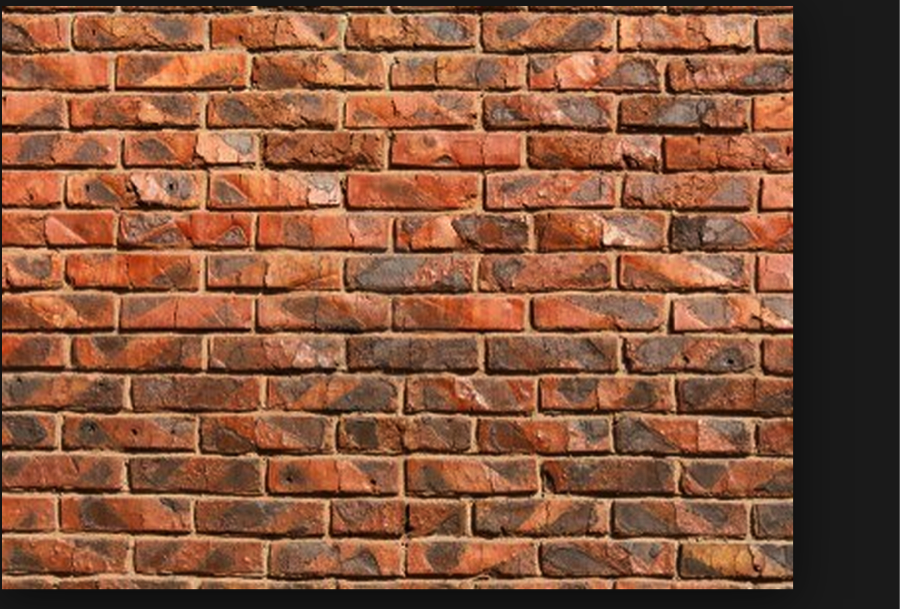myHIN Blog

July 07, 2013
Book Review – Living & Dying In Brick City
I was listening to NPR some time in early February 2013 and happened to catch Dr. Sampson Davis discussing his then new book, Living & Dying In Brick City. I was struck by Dr. Davis’ candor about his experiences as an emergency medicine physician in his beloved Newark, New Jersey. What I heard was a passion for community with compassion for patients. I remember this same spirit of Dr. Davis and his two life-long friends (who form the Three Doctors Foundation) in their book talk on The Pact at a local bookstore 10 years ago.
I tweeted takeaways and lessons learned from each of the Living and Dying chapters. Dr. Davis discusses his own family including watching his sister suffer from drug addition and complications associated with AIDS. He discusses topics of Black women and image, obesity, stroke, sexually transmitted infections, heart disease, sickle cell anemia and diabetes – all disproportionally impacting the Black community. OMG, I learned A LOT about sickle cell by reading the “Hidden In Plain Sight” chapter, and the disease “runs” in my family.
Health In Your Brick City?

Yes, the book offers the statistics for the data driven, but the power is in the stories offered. The stories offer context and intersectionality.
Without context, the numbers do not offer a complete picture.
By using social media and other technologies, I have communicated to the myHealthImpact (myHIN) Nation about the lessons offered by Dr. Davis. myHIN Nation, what will you do to empower and influence your “Brick City”? Raise your voices and share your thoughts.
Follow us at tumblr.myhealthimpactnetwork.org (Tumblr)
Follow us on Twitter @myhealthimpact
Share
Comments
comments powered by DisqusIn Partnership with: Poole College of Management, College of Humanities and Social Sciences, National Science Foundation, Penn State
Take Action, Get Tested: Find Your Local Testing Center Why Get Tested?
